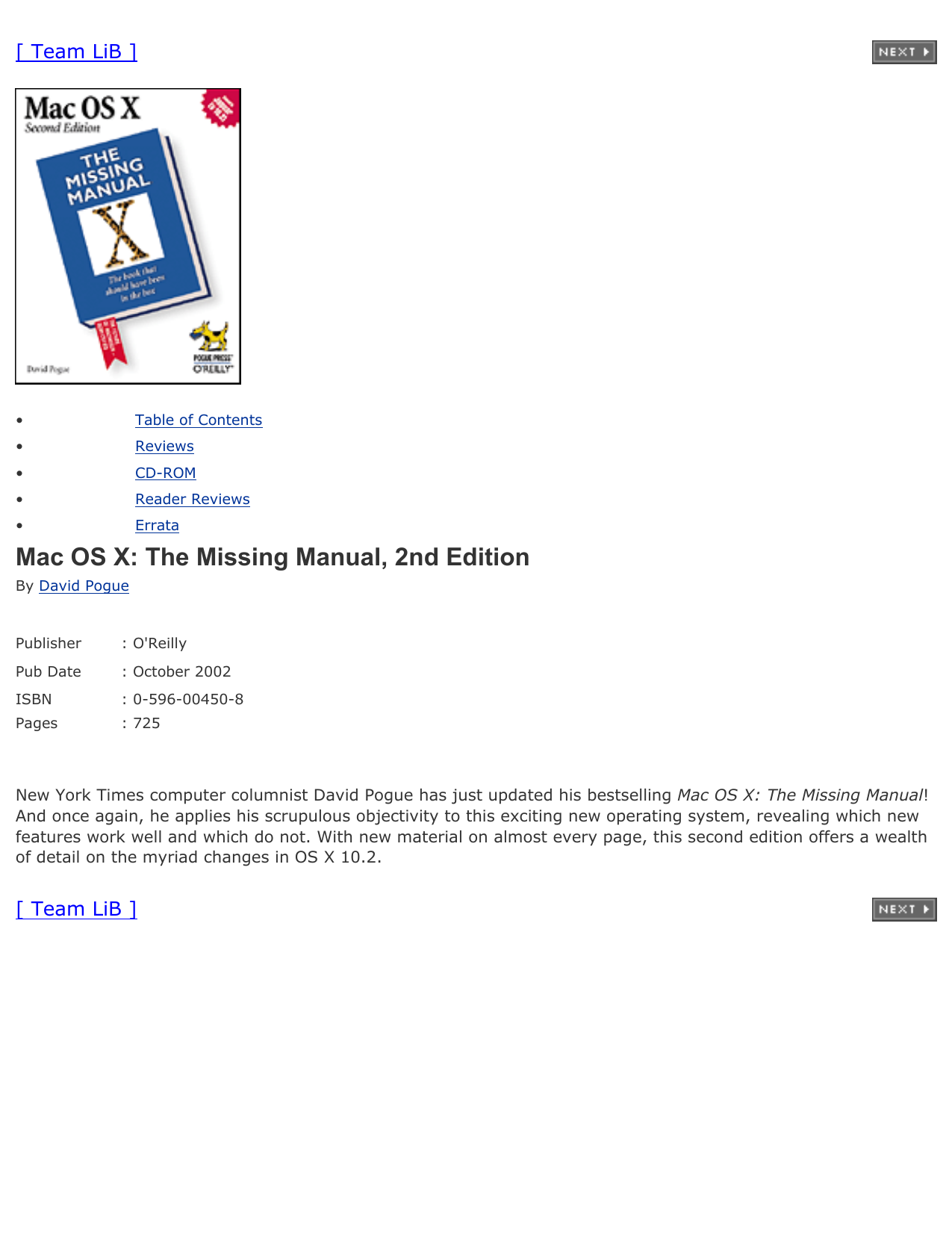


Parallelism is often used to jump from one time period or location to another. The transition can be used to add more emotional impact to the story and achieve parallelism. Since a fade is noticed, the viewer will pay more attention to the transition. Achieve parallelismįading can connect scenes more closely together than a traditional cut does. It is a way to show that the war is still affecting the character without having to say it through dialogue. If you have a character that has PTSD from a war they fought in, you can crossfade images of the war over the character sleeping. It can also be used as a way to show what a character is dreaming of while they sleep. You can see how the fade can be used to this effect in Titanic: It will likely confuse a viewer if there’s a sudden cut to a later time in the plot without any cue letting them know how much time has passed. Traditional cuts work with short cuts in time because there isn’t a huge change in the plot’s timeline. However, traditional cuts are far less effective when there is a large jump in time that audiences need to be aware of.įades are more effective at showing a drastic jump in time because they grab the viewer’s attention and let them know there’s a transitioning happening. Now, in modern times, traditional cuts have been used to show jumps in time, like what you would see in a montage. It is a visual way of letting them know that there’s a change, without having to explicitly tell them.

Show a change in time timeįades can be used to let your audience know there’s a huge change in the film’s timeline. Fades can show a change of time, help us get inside a character’s head or imply parallelism. When utilized correctly, the fade can actually use the attention it draws to further the plot and emotional impact of the scene. When you use a fade video transition, it draws attention to the transition that is happening. While they’re not used as often as they once were, when used correctly, they can be much more effective than using a standard cut for certain scenes. However, there are plenty of modern examples of fades and dissolves used to great effect. Typically, fades and dissolves were used in the early years of filmmaking and have been deemed by many filmmakers as a dated technique. It’s essentially when the current scene fades into the next. Dissolves are used to slowly transition one scene to another. There’s also a similar transition called dissolves, also known as crossfades. They’re gradual transitions that either has a scene fade from black or to black. Fades transitions are traditionally called fade-out and fade-in. What is a fade?įades have been used since the dawn of filmmaking. For example, when fades are used correctly, they can help immerse viewers more than a traditional cut can. However, sometimes it’s better to draw attention to transitions because they give the audience visual information that helps progress the story. It’s thought that if a viewer notices a cut or transition from scene to scene, they’ll be taken out of their immersion in the film’s story. We are all told that the best kind of editing is the kind that’s invisible.


 0 kommentar(er)
0 kommentar(er)
